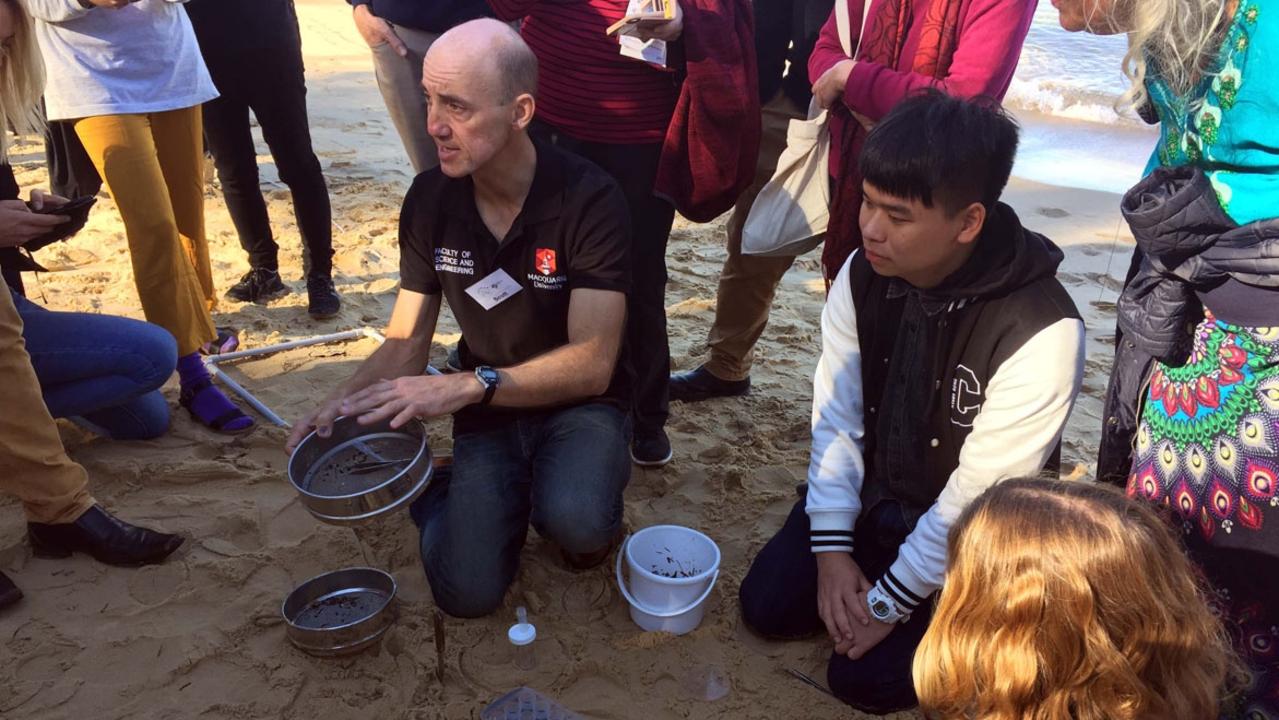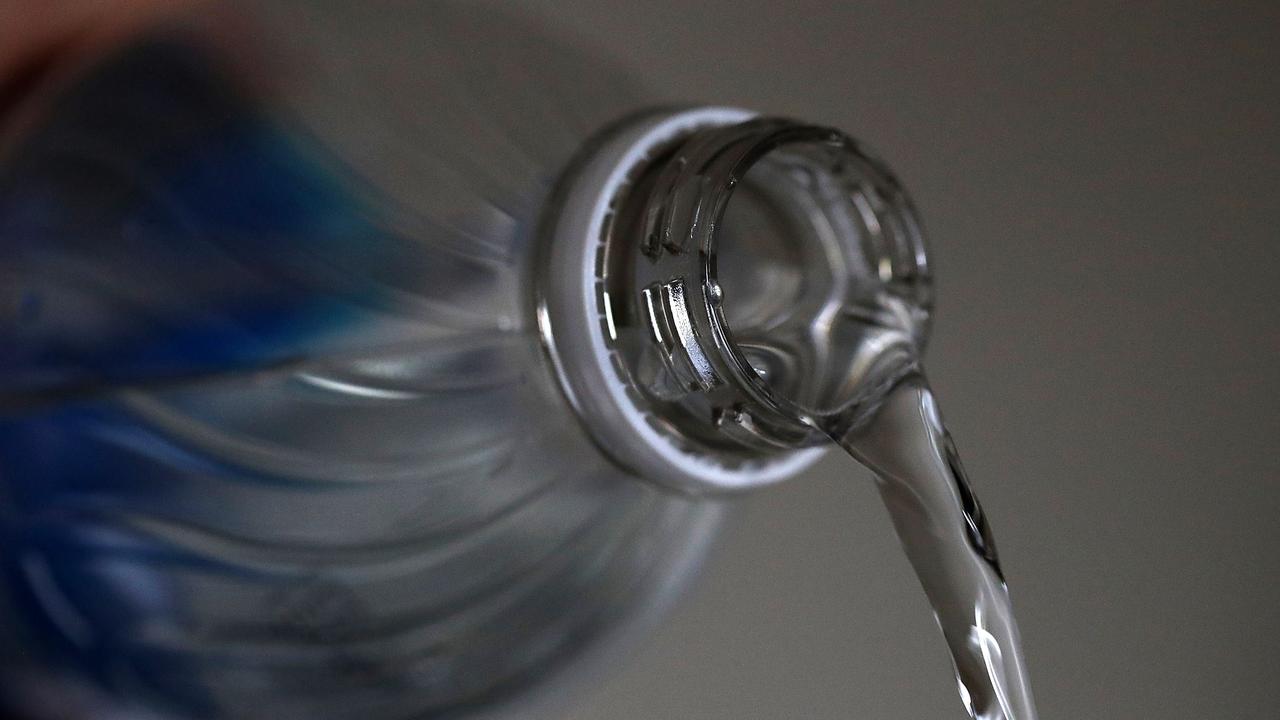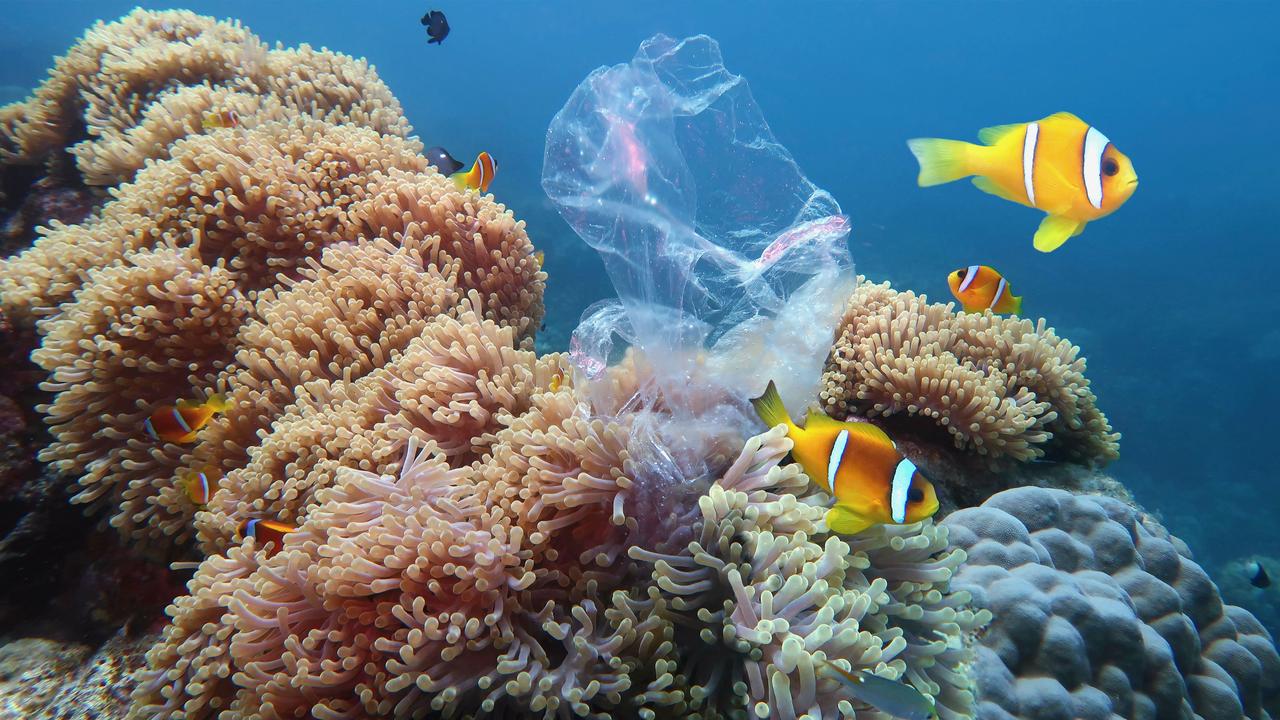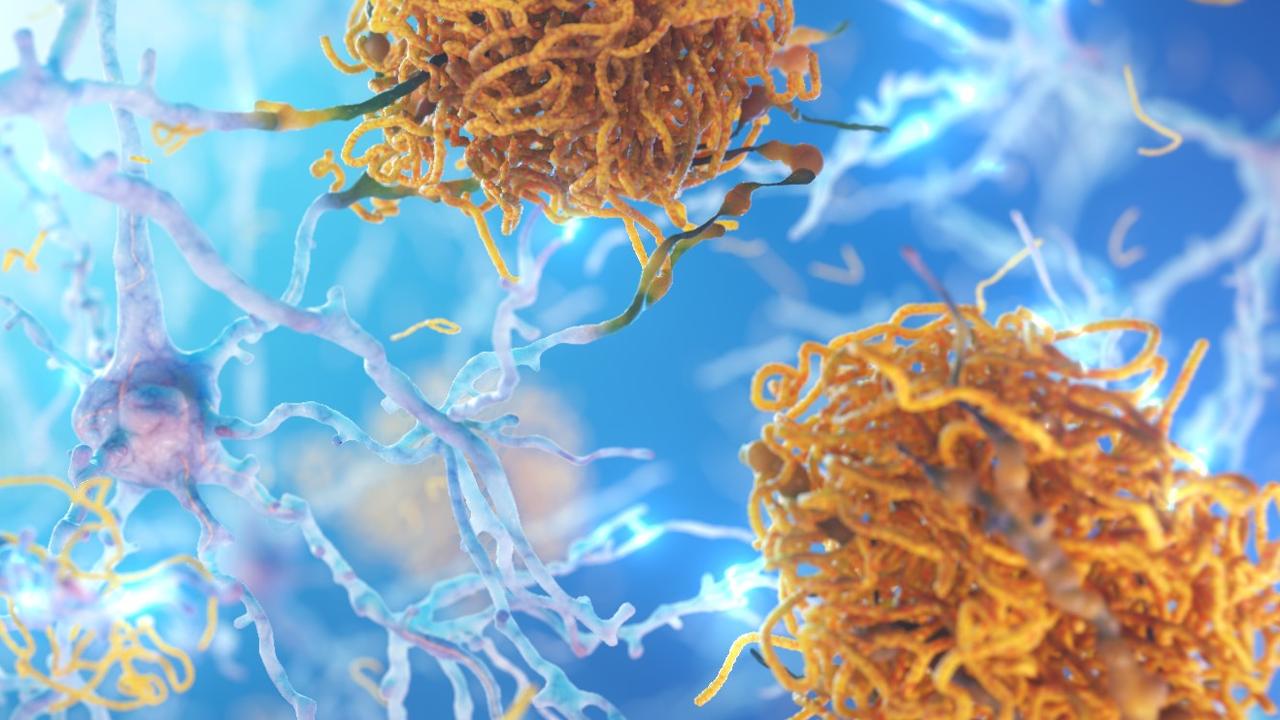Explainer: Microplastics detected in human blood, should we be worried?
Microplastics have been detected in human adult blood for the first time. What are microplastics and what’s the risk?
Microplastics have been detected in human blood for the first time.
Despite being a new area of research, some scientists have warned that microplastics can have harmful effects on the human body, especially in large concentrations.
As the name suggests, microplastics are small plastic particles, less than 5mm in diameter, and are reported to be near ubiquitous: they have been found in drinking water, food, and the atmosphere.
A University of Newcastle report commissioned by the World Wide Fund for Nature found that the average individual could be ingesting as much as 5 grams, or 1 credit card’s worth of microplastics every week.

Drinking water is the most common source of microplastic ingestion. Researchers have found that bottle-fed babies have higher exposure to microplastics because of the plastics in the bottle. Microplastics have also been found in food – one study estimates that approximately 90 plastic particles are ingested from an average 250 grams serving of mussels.
However, the World Health Organisation in 2019 recommended that such studies be interpreted with caution, due to a lack of “sufficient quality control” in methodology.
Nonetheless, the study used new techniques to detect particles as small as 0.0007mm across and found traces of microplastics in the blood of 17 out of 22 adults.
What is the harm from microplastics, what can you do about them, and how concerned should we be about the results of this study?
What are microplastics?
The term ‘microplastics’ was first used in 2004 by Dr Richard Thompson, a marine ecologist at the University of Plymouth, to describe particles his team found on the beach, according to Nature.
Since then, there has been sustained academic interest in the field.
According to the European Chemicals Agency, microplastics are formed either by unintentional wear and tear when smaller particles break free of larger pieces of plastic, such as car tyres or synthetic textiles, or from intentional manufacture such as small plastic particles like exfoliating beads.
It is so prevalent that it has been used as a geological marker of human activity.

AUSMAP, the Australian Microplastic Assessment Project, won the 2021 Eureka Prize for Innovation in Citizen Science for tracking microplastic pollution along Australian shorelines.
It has so far found that South Australia’s Port Adelaide and West Lakes have the two highest microplastic loads in Australia.
What are the risks?
The dangers of microplastics to humans are not well known, given how recently the phenomenon has been identified.
The WHO said in 2019 that the most immediate risk to human health could be from the toxicity of some microplastics, which may be from the production process itself or toxic substances the particles pick up from the environment.
“Further research is needed to obtain a more accurate assessment of exposure to microplastics and their potential human health,” said Dr Maria Neira, director of the WHO’s department of public health, environment, and social determinants of health said at the time.
A 2020 paper said that many substances that are ordinarily classified as hazardous are regular ingredients in plastics.

“Bisphenol A (BPA), phthalates, as well as some of the brominated flame retardants, that are used to make household products and food packaging, have been proven to be endocrine disrupters that can damage human health if ingested or inhaled.
“The internal organs most commonly affected are the liver, the kidneys, the heart, the nervous system (including the brain) and the reproductive system.”
Professor Albert Koelmans, an environmental scientist at Wageningen University in the Netherlands, told Nature that the major source of concern to human health was the build-up of microplastics.
“If you ask me about risks, I am not that frightened today. But I am a bit concerned about the future if we do nothing.”
Researchers say that they are also concerned about the tiniest flecks of microplastics – nanoplastics – because they may be able to enter cells and disrupt cellular activity.
The harm of microplastics has been a special focus in marine ecology.
Dr Jen Matthews, a coral biologist and marine metabolomicist at UTS who has previously worked on a project to remove microplastics from oceans, called microplastic pollution “one of the biggest environmental issues of our time.”
“Microplastics can kill marine life and they end up entering our food chain as well. One of the biggest issues with microplastics is that they soak up everything from the surrounding environment, and so they can act as carriers of chemical pollutants, toxins, and bacteria.”
She said that marine flora and fauna sometimes consume microplastics over their normal food, to their detriment.
“Corals prefer to eat plastics over their normal phytoplankton food. And that’s pretty shocking when you consider the toxins and bacteria associated with microplastics and lack of any kind of nutrition and the processes and their impacts that are already affecting coral reefs.”

What can we do to mitigate risk?
Dr Matthews said that the variegated shapes and small sizes of microplastics made it very difficult to remove them from the environment. She said that the problem needed to be addressed a step prior.
“There is no doubt that one of the most effective ways to reduce the amount of microplastic pollution that we’re pushing into the ocean is by reducing the amount that we use and recycling anything that we do use and trying to implement ways that we can clean water before it ends up in the ocean.”
Professor Koelmans told Nature that even if all plastic production were to stop today, the supply of plastics in landfills and the environment – estimated to be around 5 billion tonnes – would continue to degrade, increasing microplastic levels.
The US in 2015 passed laws to ban plastic microbeads in cosmetics and personal care products. The European Chemicals Agency has proposed a similar restriction in the EU but has yet to be passed.
Australia does not have such regulations, but has operating since 2016 a voluntary phase-out. In a 2016 senate inquiry, the standing committee on environment and communications recommended that Australia ban the importation of personal care products containing microbeads.
While regulations of this kind may dampen the release of intentional microplastics into the environment, demand for sources of unintentional microplastics is not slowing down. The University of Newcastle report found that the production of virgin plastic – that is, plastic that has been newly created instead of being recycled from previously manufactured plastic – had increased 200-fold since 1950.
It predicted that by 2030, virgin plastic manufacture would have increased by 40% from 2019 according to contemporary trends.



